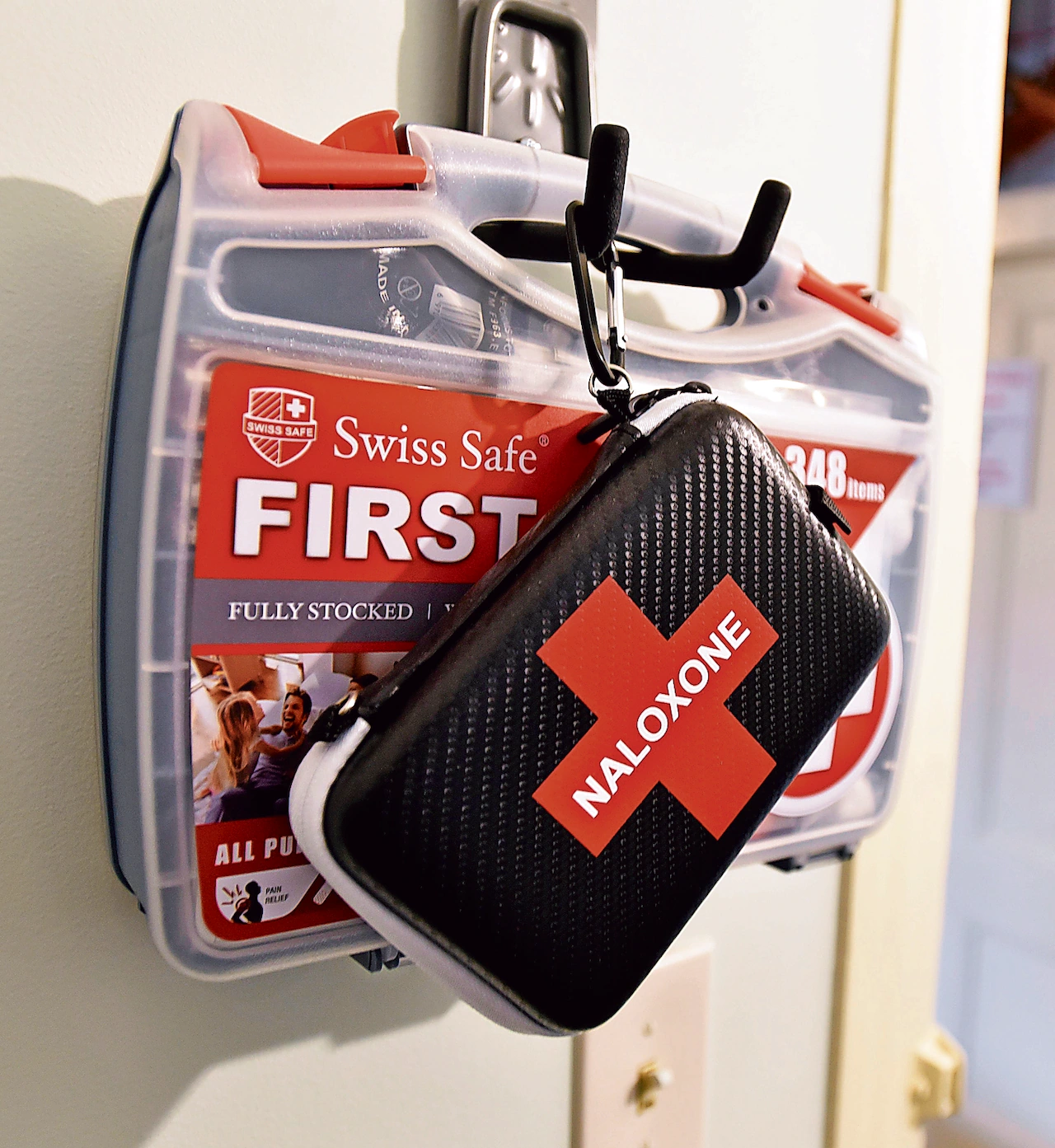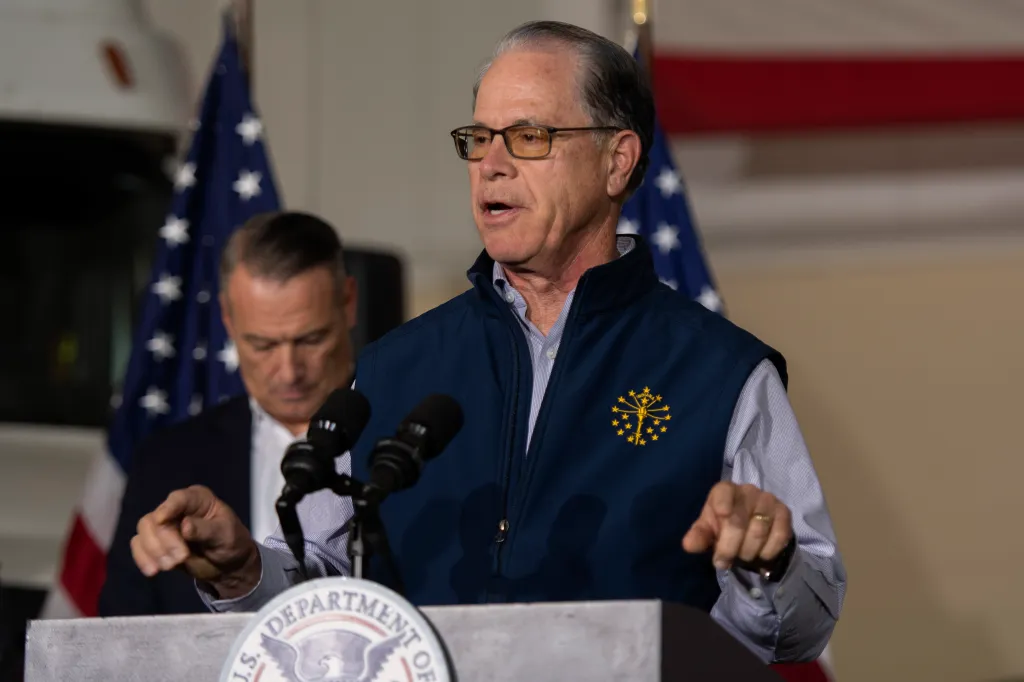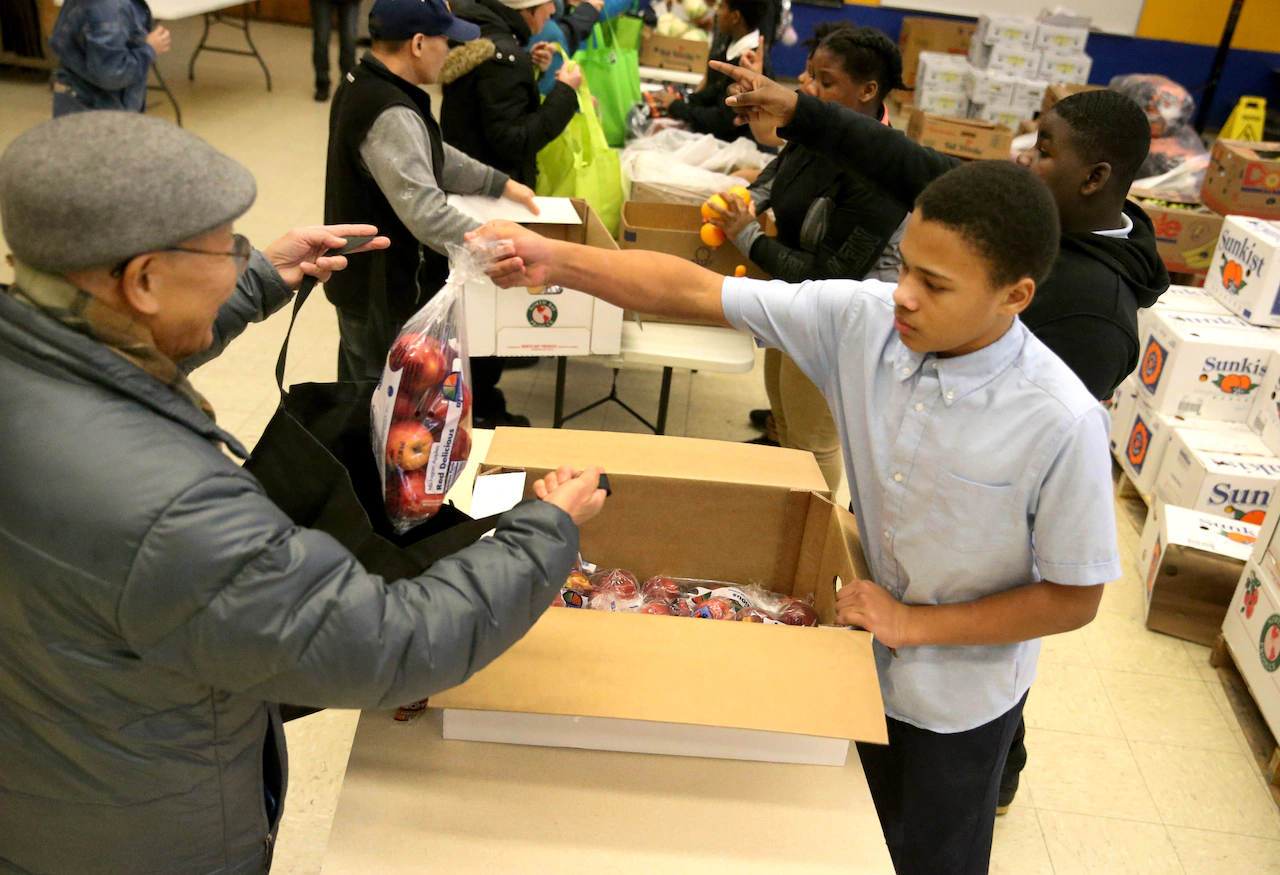Copyright Mechanicsburg Patriot News

By Dr. Katharine T Criner Woozley Philadelphia doctors have been on the front lines of the latest ugly chapter of the opioid epidemic – managing xylazine wounds in people who inject drugs. Increasingly across Philadelphia, illicit fentanyl is being laced with xylazine, a veterinary sedative, which is causing severe limb-threatening wounds. In response, medical professionals from across the greater Philadelphia area, on the front lines treating this new challenge, have come together to create a “Philadelphia Consensus” on how best to manage these complex problems. The group consists of surgeons, physicians, addiction specialists, public health leaders, and policymakers sharing their knowledge and best practices to establish guidelines to improve people’s lives and more efficiently deploy resources. The opioid epidemic has forced American healthcare and public health workers to adapt quickly and tailor their medical management. Nonetheless, health care and public health workers were caught unprepared by the sudden emergence of xylazine and their unique wounds. Its appearance in the illicit drug supply marked a startling new chapter in the opioid epidemic: patients arriving at health clinics and emergency rooms with rapidly progressive wounds, often down to the bone, unlike anything seen before. These necrotic wounds associated with people who inject fentanyl laced with xylazine defied existing treatment protocols in treating soft tissue wound infections caused by intravenous drug use. The xylazine-associated wounds even appeared in locations distant from the site of the drug injection or even when the drug was used by methods other than injecting (such as intranasal). Many of my colleagues, despite decades of experience in surgical specialties, wound healing, and addiction medicine, found themselves searching for solutions and best practice methods in real time. From this turmoil, we created the Philadelphia Consensus group. I believe its importance extends beyond the specific clinical guidelines it offers. The process itself—a shared effort among physicians, surgeons, addiction specialists, infectious disease experts, policymakers, and public health officials—reflects the kind of multidisciplinary, city-wide effort urgently needed in every community affected by the evolving opioid drug crisis. Notably, the Philadelphia Consensus was not the work of a single institution or discipline. Rather, the group was organized by the Rothman Institute Foundation for Opioid Research & Education, a 501 (c) (3) non-profit organization, in 2024 by bringing together a broad coalition of healthcare professionals with a diversity of expertise that shaped a cohesive approach to meet the challenges. Xylazine’s particular dangers necessitate this level of collaboration. Unlike opioids alone, xylazine is a veterinary tranquilizer not approved for human use. In the illicit drug supply, it significantly increases the risk and severity of necrotic wounds—deep ulcers that may extend deep to muscle and bone, resistant to healing with continued xylazine use, and at risk for auto-limb amputation. These wounds can worsen over weeks, months, or years, leaving patients to endure chronic painful wounds, loss of limb function, and even loss of limb. In my experience, it’s not just the physical effects that distinguish these wounds. The social realities—the isolation, shame, and barriers to healthcare—amplify suffering and complicate every treatment. The Philadelphia Consensus provides a clear, step-by-step framework for clinicians. We stress early detection, addiction treatment, aggressive non-surgical wound care, infection control, and, considering surgical intervention only when non-surgical treatment is insufficient. Most importantly, it emphasizes that surgical care must be fully integrated with addiction treatment, social services, and follow-up care—a true continuum. This isn’t merely about saving limbs; it’s about restoring dignity, function, and genuine hope for recovery. In my view, successful surgical intervention cannot happen without addressing the disease of addiction itself, as well as the medical and social complexities our patients face. What makes this initiative unique is its focus on practical, adaptable solutions. The Consensus was based on what we observed in the Philadelphia region, but it was always intended as a model for any region fighting xylazine’s spread. As the drug continues to affect other areas across the country—and as similar issues emerge with new adulterants—there’s an urgent need for standardized, evidence-based protocols supported by multidisciplinary teams. Cities and states need plans they can deploy quickly, without the delay of reinventing protocols during emergencies. Policy also needs to keep pace. The Consensus calls on not just clinicians, but also lawmakers and hospital administrators, to invest in harm-reduction infrastructure: wound-care resources, addiction treatment access, mobile outreach, and smooth transitions between emergency and long-term care. The ethical considerations are inseparable from clinical ones. We are caring for patients who are often marginalized, sometimes unable to give informed consent due to sedation or withdrawal, and always deserving of a compassionate approach. Our Consensus prioritizes dignity and equity. Philadelphia’s medical and public health community united to establish a new standard—not only for wound care in the era of xylazine but also for how regions can respond to crises where medicine, addiction, and social vulnerability intersect. It is time for other cities, agencies, and specialty societies to adopt and adapt these standards, develop similar collaborative models, and share data swiftly across regions.



